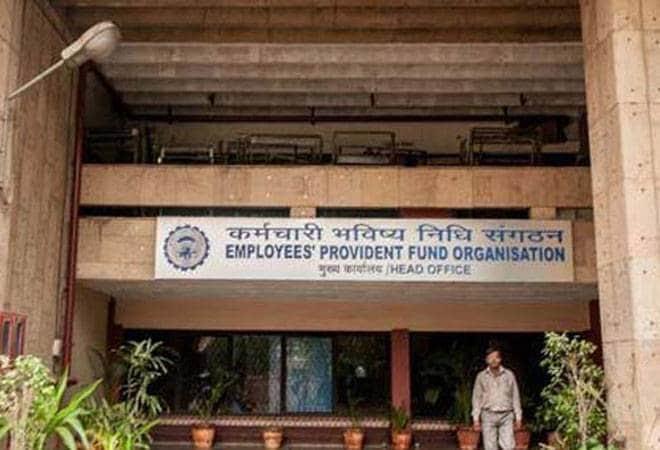News
EPFO update: How much will your pension increase after the SC verdict
EPFO update: On April 1, the Supreme Court ruled that the EPFO has to give pension to all retiring employees on the basis of their full salary rather than capping the figure on which contribution is calculated at a maximum of Rs 15,000 per month.
Private sector employees will see their pension shoot up under Employees Pension Scheme (EPS), 1995, thanks to a recent Supreme Court ruling. On April 1, the top court dismissed a special leave petition filed by Employees Provident Fund Organisation (EPFO) against a 2018 Kerala High Court order that had asked the retirement fund body to give pension to all retiring employees on the basis of their full salary, rather than capping the figure on which contribution is calculated at a maximum of Rs 15,000 per month.
But while this is great news in terms of building a nest egg, EPF subscribers will have to forego a significant chunk of their provident fund balance if they choose to opt for higher pension, The Economic Times reported. Here's the math to help you understand:
All employees in the organised sector currently contribute 12% of their salary (basic salary+dearness allowance) to the EPF. The employer makes a matching contribution, of which 8.33% goes to the EPS, till now subject to a salary cap of Rs 15,000. The scheme gives monthly pension based on the number of years put in by the employee multiplied by his last drawn salary and the total gets divided by 70.
Let's assume a person who started working in 1986 with a monthly income of Rs 10,000. At a 10% annual salary increment, his salary would now be around Rs 2.32 lakh. If he retires today after 33 years on the job, if the Rs 15,000 ceiling was still in place he would have earned Rs 7,071 per month as pension. But with the Supreme Court doing away with this cap, the retiring employee will receive a pension of around Rs 1,09,489, which will be more than 1,400% higher.
The catch, as mentioned above, is that to get this higher pension, your EPF corpus will take a hit. To avail of the new rule, you reportedly have to submit an application to the EFPO via your employer requesting the body to deduct a sum equal to 8.33% of your salary (basic+DA) towards the EPS together with the accrued interest there upon till date retrospectively and shift the pending dues from your PF corpus to the EPS. In the above example going by the historical salary caps which EPFO introduced time to time, the person would need to deposit roughly around Rs 20 lakh just to meet the contribution deficit.
As you also have to pay the accumulated interest also on this amount so the final amount could be multiple times of Rs 20 lakh. A critical factor for this option to be exercised, a person must have that much of balance in his EPF account. The clarity is still missing, if this option can be exercised partially, in the case when one does not have sufficient balance. There is also no clarity if people will get the option to pay the deficit amount from their own pocket.
Though it may look very attractive option for salaried class people on the face of it however after going into details things do not look that simple and easy.
